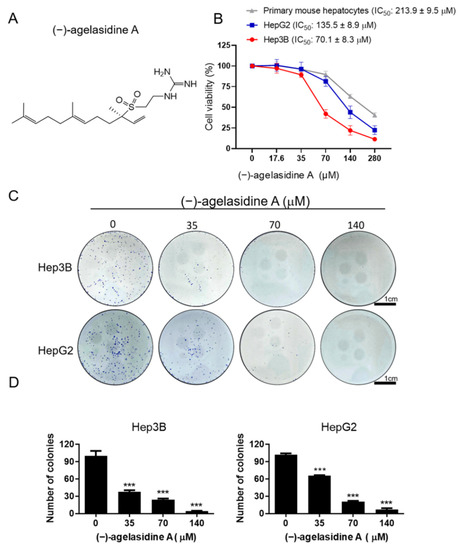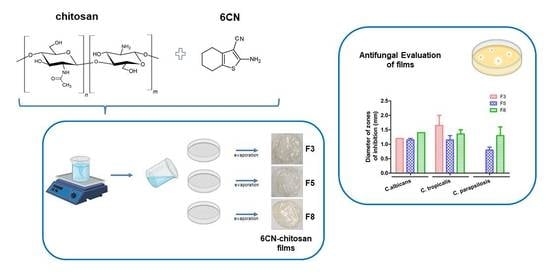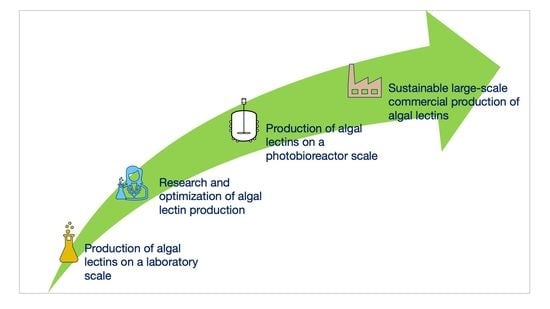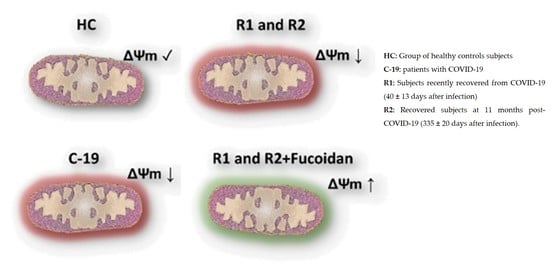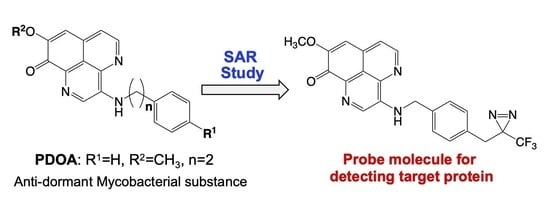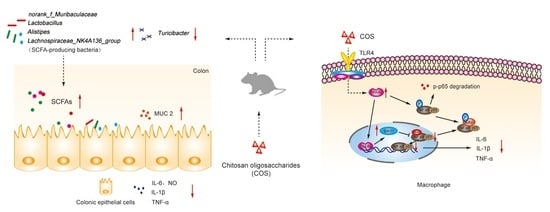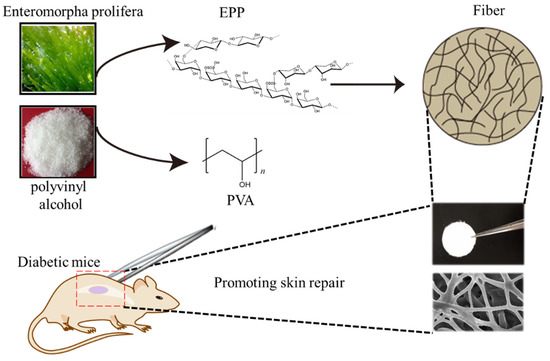Mar. Drugs 2022, 20(2), 110; https://doi.org/10.3390/md20020110 - 29 Jan 2022
Cited by 13 | Viewed by 5439
Abstract
Colorectal carcinoma (CRC) is one of the major causes of cancer-related incidence and deaths. Here, we identified a novel antitumor peptide, P6, with a molecular weight of 2794.8 Da from a marine Chinese medicine, Arca inflata Reeve. The full amino acid sequence and
[...] Read more.
Colorectal carcinoma (CRC) is one of the major causes of cancer-related incidence and deaths. Here, we identified a novel antitumor peptide, P6, with a molecular weight of 2794.8 Da from a marine Chinese medicine, Arca inflata Reeve. The full amino acid sequence and secondary structure of P6 were determined by tandem mass de novo sequencing and circular dichroism spectroscopy, respectively. P6 markedly inhibited cell proliferation and colony formation, and induced apoptosis in CRC cells. Mechanistically, transcriptomics analysis and a serial functional evaluation showed that P6 induced colon cancer cell apoptosis through the activation of the p38-MAPK signaling pathway. Moreover, it was demonstrated that P6 exhibited antitumor effects in a tumor xenograft model, and induced cell cycle arrest in CRC cells in a concentration-dependent mode. These findings provide the first line of indication that P6 could be a potential therapeutic agent for CRC treatment.
Full article
(This article belongs to the Special Issue Marine Drug Research in China: Selected Papers from the 15-NASMD Conference)
►
Show Figures

